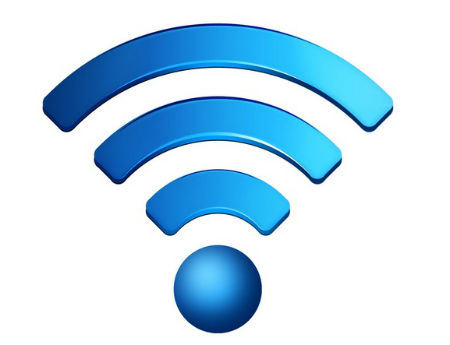Cable Keeps Eye Fixed On ‘Carrier-Grade’ WiFi

Denver – SCTE Cable-Tec Expo -- CableLabs is working with several standards groups on products and tools that will rely on standards and specifications that will enable cable operators and other carriers with the building blocks necessary to develop and manage “carrier-grade” WiFi networks.
The vision, explained Mike Poletti, the lead wireless architect at CableLabs during Monday’s Pre-Conference Symposium here, is to give operators the tools, software and equipment necessary across the WiFi ecosystem to boost the overall, inherent quality of their WiFi networks.
All of this is coming into play as MSOs around the world continue to build and expand their metro-area WiFi networks. For example, members of the U.S. “Cable WiFi” roaming alliance – Comcast, Time Warner Cable, Cablevision Systems, Cox Communications and Bright House Networks , have already deployed more than 250,000 hotspots collectively. On the international front, Comcast and Liberty Global announced a WiFi roaming deal earlier this month.
The need for carrier-grade WiFi will only become more pronounced as those networks are used for an increasing number of bandwidth-eating applications and services. Poletti presented data showing that the number of hotspots deployed worldwide by various carriers will grow from 5.2 million in 2012 to 10.5 million in 2018. Likewise, the amount of data mobile operators offload onto WiFi networks is expected to jump from 22% this year to 48% in 2018, Poletti said.
MSOs, meanwhile, are also developing apps that allow customers to take phone calls on WiFi networks, and consumers are using WiFi to receive streaming video.
CableLabs, Poletti noted, has been looking to meet this coming scale challenge by developing carrier WiFi requirements for several years in tandem with the IEEE, the Wi-Fi Alliance, and the Wireless Broadband Alliance.
The groundwork of that effort includes goals of providing a consistent user experience (good network attachment and maintaining network connection); network management (key metrics and performance indicators); and integrated “end-to-end” networks that support everything from provisioning to managing users when they are connected to the WiFi network.
The smarter way to stay on top of the multichannel video marketplace. Sign up below.
Poletti noted that some WPA products that currently comply with carrier-grade components of WiFi, including WiFi Multimedia, a feature that provides quality of service the traffic prioritization procedures for time-sensitive apps that require low tolerance and network latency, such as video. Another is Hotspot 2.0-/Passpoint, which allows client devices to auto-discover and connect to WiFi networks that support roaming agreements without requiring the user to manually input credentials. Time Warner Cable is an early proponent of Hotspot 2.0, which brings cellular-like, seamless connectivity features and enhanced security components to WiFi.
Carrier WiFi features under development include RF Performance criteria and limits to enable WiFi operators to support “link budgets” that can be factored into network planning; Multi-Band Selection, which defined requirements for an access point to steer a client device to uncongested bands and channels; and a faster way (from more than 1 second today to hundreds of milliseconds) for devices to transition and re-authenticate across different access points.
The vision behind Carrier WiFi “is gaining traction and becoming more and more real,” Poletti said, noting that leading groups are expected to move ahead with certification testing in 2015 or 2016. The pace of pursuit is “pretty fast for standards bodies,” he said.
